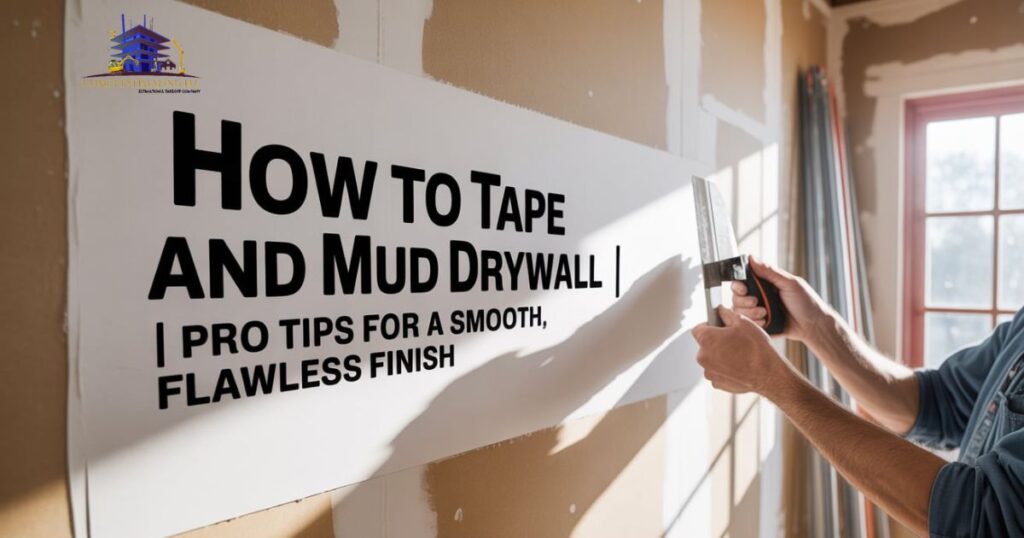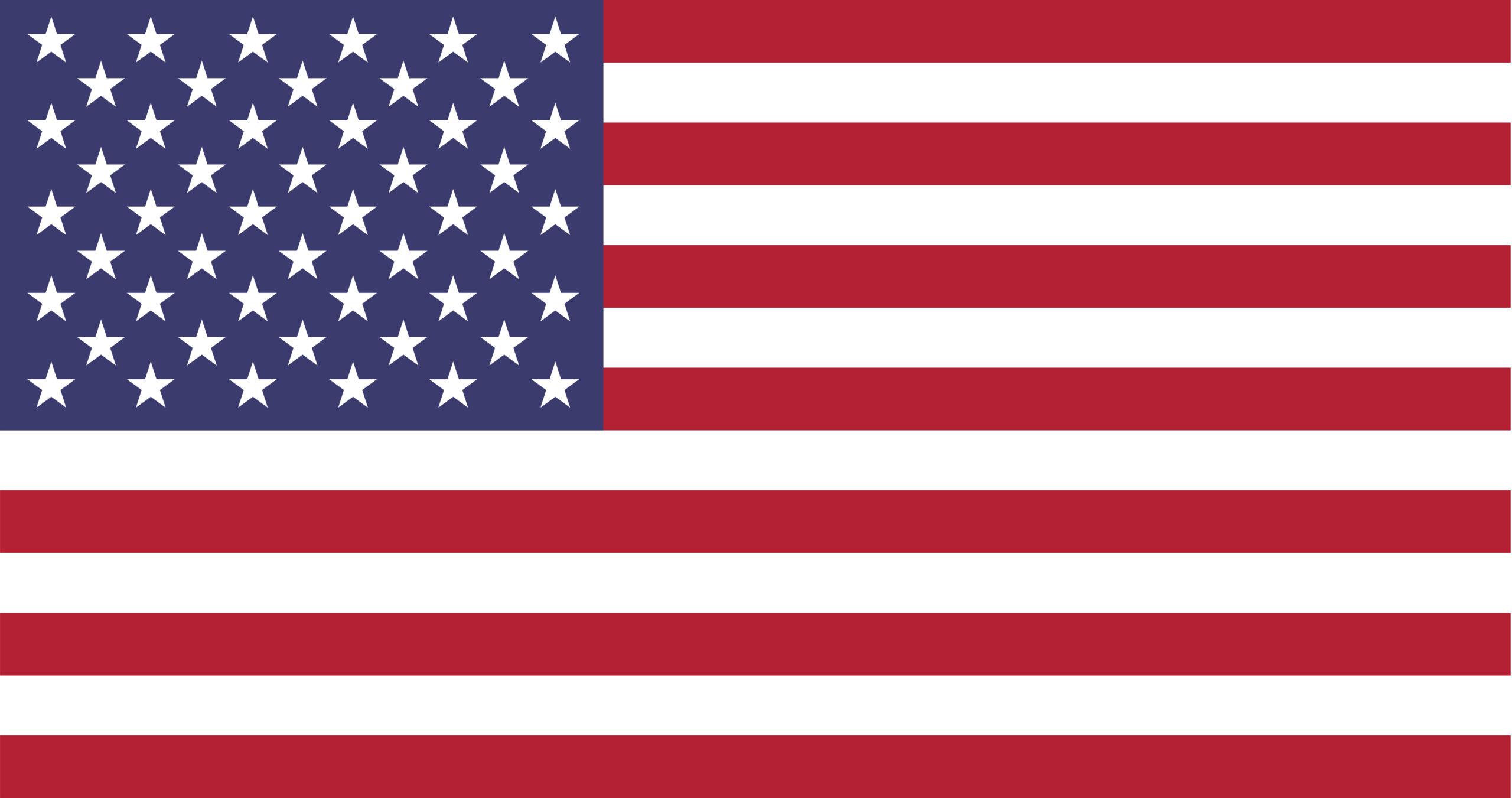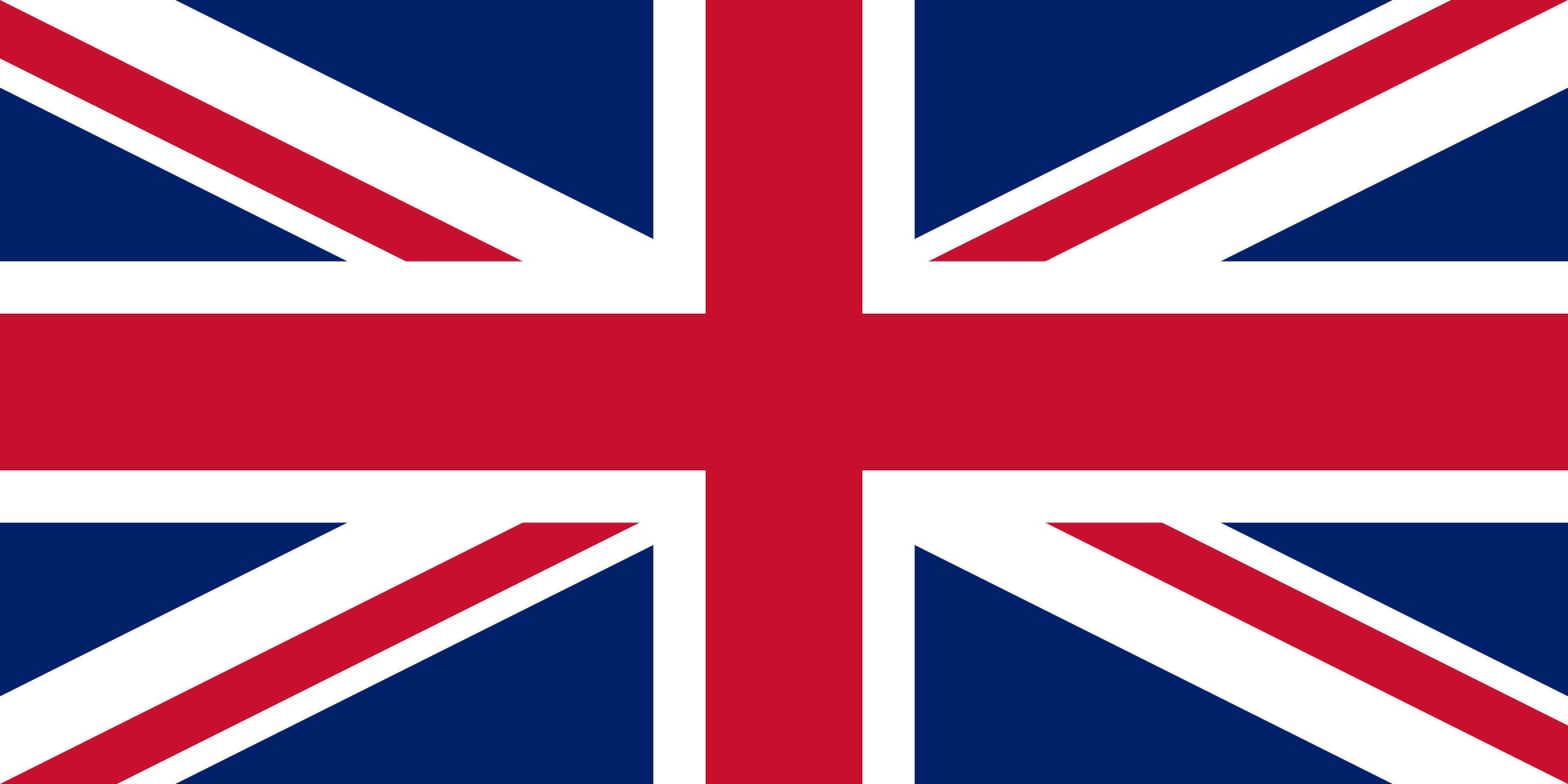Taping and Mudding drywall is one of most crucial aspects of installation of drywall. It is particularly important when it is the appearance of a sleek and elegant wall. It may be challenging initially but, using the correct tools and methods you can create an elegant look for to tape and mud your drywall smoothly. The aim is to seal seams, joints, and screw holes with the joint compound.
It is used to make joint compound, tape for drywall and a variety of kinds of mud. When you’ve learned the best way to spread mud then put tape on the wall and you’ll be able to smooth out any imperfections and then paint your walls. This guideline will take all the procedure to how to tape and mud drywall as an professional.
Understanding the Basics to Tape and Mud Drywall
The process of installing drywall involves cutting sheet, hanging them, tapering, and reduces the sheet’s sound. After the sheets have been fixated and hung using screws. The next step is to seal the joint joints. This is done by taping the joints using drywall tape, mesh tape for drywall. This is followed by several layers of joint compound, which is suitable for the drywall or mud. The layers should be sprayed quickly and evenly.
A well-constructed and even wall conceals edges, gaps and seams. It stops cracks and provides your walls a neat appearance. Becoming aware of how to use drywall in a proper in the right way is crucial to get an even and smooth surface. It’s not just for a purpose of decoration. It makes your walls suitable for painting or wallpaper without lines or bumps.
Preparation Before You Begin
Before cutting, making preparation for the wall is essential. Make sure that your wall’s in great shape and properly positioned. Make sure the spacing between screws is suitable. Screws should not be more than 12 inches from the ceiling and 16 inches for ceilings.
Clean the area after which you apply the tarps over the surface. Cut the tape prior to time to be sized to the seam’s width. This makes the application for the wall tape much easier. Be aware that drying time for drywall mud is different. The average compound takes between 24 and 48 hours before it is fully dry. But the setting mud may dry in less than twenty minutes. Always check the label on your product.
How to Apply Drywall Tape: Corners, Joints, and Seams
Start by taping at the edges of the walls that are pushed back. Place a layer mud, then press the tape into place. Then finish the area. This referred to as the name of the embossing method. Be sure to apply moderate pressure and firm pressure with a knife to remove all air balloons. If you’re using drywall taped corners, it is possible to cut it into two pieces before affixing it on the corners of the inside.
Outside corners should be finished by utilizing drywall’s corners, and an iron bead. Inside corners can look rough if they’re not done properly. It is best to employ an edge trowel if you’re new to. The objective of this is to smooth out the surface of the drywall tape making it an even surface. Incorrect decisions are made in this field could cause problems in the visibility of the drywall tape in the near future.
Step-by-Step Process to Apply the First Coat of Mud
Start by filling the dirt tray with compound. Using a 6-inch knife, apply an even layer over the seams or around the screws. Once you have it, you’ll be in a position to apply your tape and then repeat the process to make the area smooth. This initial layer is comprised of mud. It prevents this tape in place and prevents it from moving.
Let the coat completely dry make sure to take your time. Drying time is essential in all mudding methods particularly for those who are new to mudding. If you apply excessively, it could cause issues. When the paint is dry you are able lightly sand your bumps, but don’t apply it right now. This will help make your way ready to apply the following coat.
Second and Third Coats: Smoothing and Feathering
When the first coat is dry, apply the filler layer by using a knife that is 12 or 10 inches. The goal will be to completely cover the tape; however, you should let the tape shine through. The coating must extend further and be able to blend to the joint. This is called feathering the wall, also known as mud.
After applying the coat of filler paint, when the coating of filler is dry, let it be dry out in the open. Then, lightly sand. After that, you can apply the next layer of mud. The mud layer covers all of the wall. How to tape and mud drywall, be sure to use clean strokes, large knives, and remain constant. Dry it, and then sand it until you get professional result. The wall will appear beautiful.
Sanding for a Professional Finish
Once your final coat is dry It’s time to begin the process of sanding. Use a sanding sponge with fine-grit or using a pole sander. The circular path should be observed. Be careful, particularly around tapes or edges, because you may cause damage to the work. Many beginners fail because of the speed with which they complete the sanding process between coats.
The last sanding stage is essential to smooth seams. Make use of the light from a bright light source to check for any bumps or ridges. If you find any imperfections then you can apply a small amount of dirt and then sand it again after it is dry. It’s the last stage before finishing the painting.
Common Mistakes and How to Fix Them
The most commonly encountered issue occurs when the adhesive attached to attach drywall does not stick. This is typically caused by the use of mud to shrink it so that it can be placed beneath the tape. To fix the problem, eliminate the loose areas, and apply the tape using fresh mud. Another mistake is sanding excessively. This could cause damage to the tape and the wall.
There are people who struggle with butt joint problems. They are usually joint that are smooth and do not sink like the edges of drywall, which have a slight recessed. The technique is to feature it to a large extent. Be careful not to apply an overly thick layer of mud over the tape’s surface as it may cause bumps. How to tape and mud drywall be aware of the most common mistakes made by tapers for drywall and make any adjustments required.
Selecting the Right Type of Mud and Tape for Your Project
The best option between wet and dry mud depends on the type of project. If you are looking to make minor repairs to your home dry mud would be the best option. The mud has already been blended and can be utilized to accelerate the process. For larger projects dry mud could be economical and mixable according to your preferred. Be sure certain that your composition in line with the requirements.
Tape for beginners is recommended to apply the cloth tape on seams with smooth edges, and the mesh tape for repair. Professionals generally mix both. Choose the right product for the most effective outcomes. Each part is a component in the procedure of creating techniques to finish drywall that are comparable to the methods employed by professional.
Final Tips for a Long-Lasting, Smooth Wall Finish
When the sanding procedure has been completed, take a look at the whole surface. Utilize your fingers to find rough spots. Utilize an illuminated flashlight that can illuminate the surface. Repairs should be completed as fast as is possible. A stunning wall requires patience and concentration. Do not skimp on coats. Don’t sand excessively. The amount of time needed to dry the wall mud vital.
It is the first thing to do applying primer to the drywall. It’s a sealer that assists the mud in making it easier for paint to stick. If there is no primer on the wall surface it will absorb paint in a different way. The final step will make sure you that the COMET Estimating Guide is completed. Walls will appear tidy, neat and ready for all sorts of activities.
See also, Our professional drywall estimating services for your drywall projects.
Conclusion
Learning how to tape and mud drywall to apply the wall isn’t only about closing seams but creating walls that appear and feel like they’re finished. If you’re looking to restore one part of your home or build an entire new home learning every step, starting with the tape to form a mud feather that will help to achieve the look you’ve always wanted. If you have an appropriate set of tools persistence and a little knowledge, you’ll be able to get between the rough boards and a neat tidy surface.
Be aware of the common mistakes that could be made when taping drywall, such as excessive use of paint or skipping coats, which may cause delays and cause stress. Make sure you follow the guidelines and let each coat dry completely before you smooth it gently. If you’ve done your job properly your walls will appear amazing, and no one will think it’s because of a DIY drywall tape application.
Frequently Asked Questions
Q1: Do you tape drywall before or after mud?
Ans: You apply a thin layer of mud first, then press the drywall tape into the wet mud.
Q2: What are two common taping mistakes?
Ans: Using too little mud under the tape and failing to remove air bubbles are two frequent taping errors.
Q3: What are some of the most common mistakes people make when mudding and taping a wall?
Ans: Applying thick mud coats, over-sanding, and not allowing enough drying time between layers are common issues.
Q4: How many coats of mud should be applied to your drywall tape?
Ans: At least three coats—tape coat, filler coat, and final coat—are recommended for a smooth finish.
Q5: Do you sand after each coat of drywall mud?
Ans: Yes, but only slightly between coats to remove high spots without damaging the tape.




